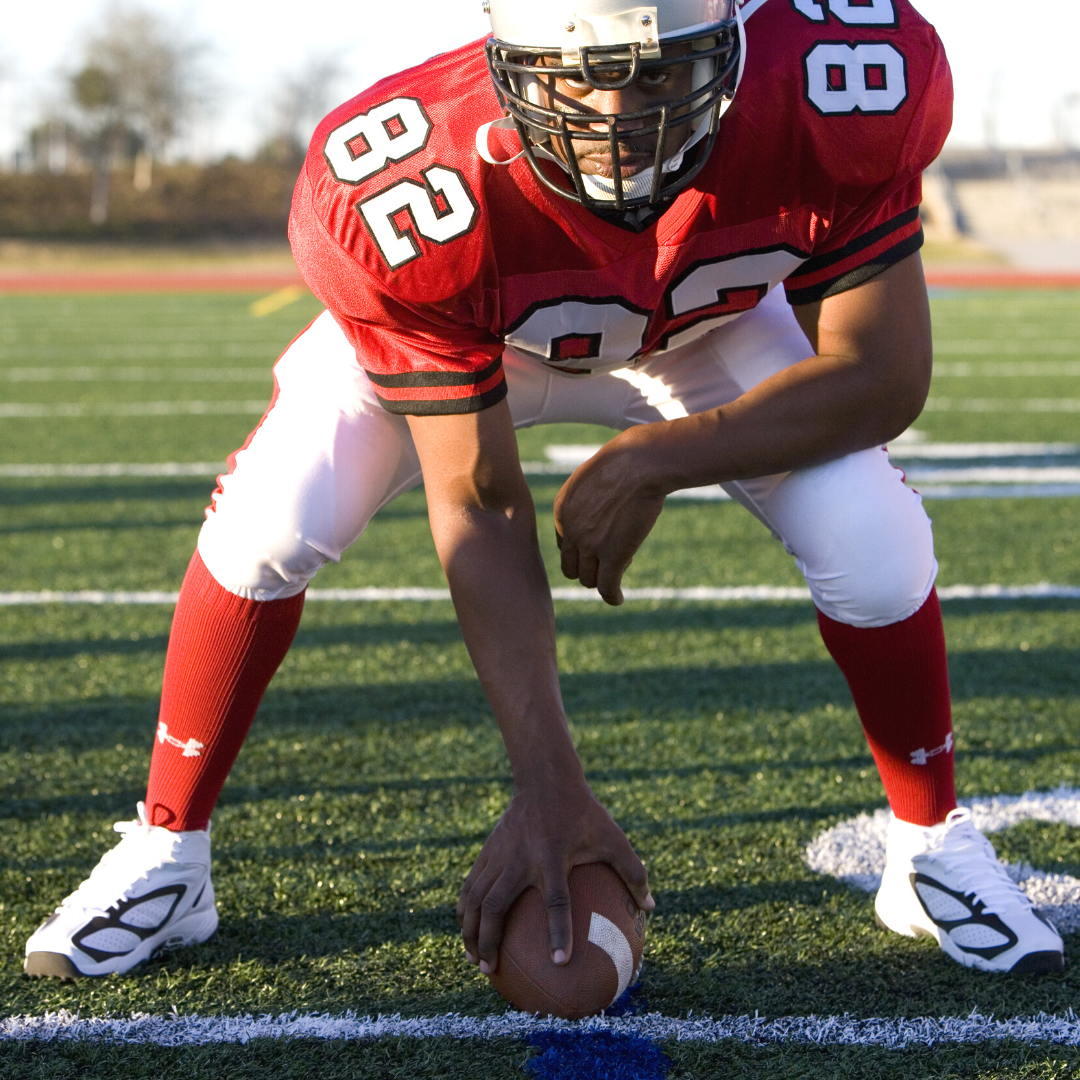As if the Colts’ secondary has not been tormented by enough injuries this season, we recently learned that strong safety Bob Sanders (“The Hulk”) will be out with a distal biceps tendon rupture at the elbow. It required season-ending surgery.
The biceps muscle is an important muscle in the upper arm. The distal tendon of the biceps muscle transmits all of the forces of the muscle to the forearm at its insertion (“radial or bicipital tuberosity”), thereby contributing to an athlete’s ability to forcefully flex the elbow as well as rotate their forearm in turning the palm upward (“supination”).
The distal biceps tendon can tear, preventing the transmission of forces from the muscle to the forearm bones. While it can happen from repetitive injury in athletes, it more commonly results from a single traumatic event in which the flexed elbow is resisted or even traumatically extended, as in Sanders’ case. The event is usually accompanied by a “popping sensation” and a sense of sharp tearing around the elbow crease.
Once a distal biceps tendon is ruptured, it, unfortunately, will not heal on its own. Rather, the tendon will continue to retract away from the bone and slide up the arm as the muscle contracts without resistance. Over time, the tendon will become stiff and scarred as well. This loss of biceps muscle function results in a loss of elbow flexion and forearm rotation strength (specifically turning the palm “upward”) in the arm. In elite contact athletes like Sanders, these injuries should be addressed acutely with surgical repair.
Usually, the presence of a distal biceps tendon is not subtle in the athlete. There will be the acute onset of a “tearing sensation” at the elbow, often accompanied by a “pop” when the tendon ruptures off the bone. When compared to the normal arm, the tendon can no longer be palpated at the elbow flexion crease. Frequently there is swelling and bruising around the elbow flexion crease as well. If you think that you may have suffered a distal biceps rupture, seek counsel from your local sports medicine orthopaedist as soon as possible to receive the appropriate treatment that will get you back to play.
Typically the diagnosis can be made by taking a history from the patient and performing a physical exam. Often an MRI will be ordered to confirm a complete tear of the tendon as well as to assess any potential retraction of the tendon. Over the past few years, surgical techniques and implants have improved, which, when combined with people trying to stay more active, has led to an increasing number of distal bicep tendon repairs being performed. In the past, two incisions were typically needed to repair the tendon whereas now one is often used. Patients are protected in a brace for the first six weeks after surgery, after which they progressively work on strengthening exercises before returning to sports. If one opts for surgical treatment of a distal biceps tear, the best results are achieved when done within three weeks of the initial injury.



